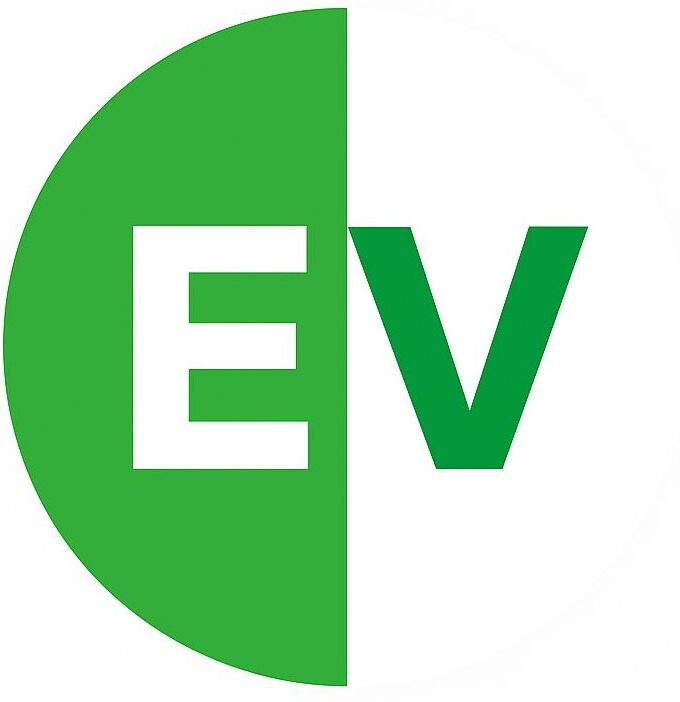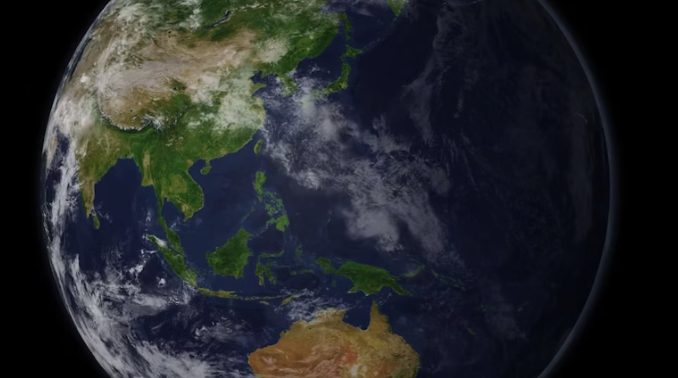Market in Motion

The automobile industry stands at its most defining inflection point since the invention of the internal combustion engine. The rise of EV cars is not a trend or a passing wave but a structural shift that is redrawing the maps of manufacturing, trade, energy and climate policy. In 2024 alone more than 17 million electric cars were sold worldwide a figure that eclipses the total number of EVs sold in 2020. China the world’s largest auto market accounted for nearly half of these volumes while Europe consolidated its position as the second largest region for EV adoption. The United States long lagging behind saw EV momentum accelerate with incentives under the Inflation Reduction Act.
The global narrative is clear the electric vehicle revolution is no longer confined to futuristic concept shows. it is now a mainstream industrial reality. But while the macro looks exciting the nuances lie in technology choices, policy execution, charging network scale and supply chain resilience.
China Scale, Europe Regulation, America Catch-Up

China lead in EV adoption is as much about policy direction as it is about industrial strategy. Generous subsidies, state support for battery manufacturers and a strong domestic supply of critical minerals have made the country the epicenter of EV production. Chinese automaker BYD overtook Tesla in unit sales during certain quarters of 2023–24 underlining how homegrown champions can leverage scale and affordability to dominate markets.
In Europe, the push is regulatory. The European Union has mandated that from 2035 onward new cars and vans must emit zero CO₂. This effectively forces OEMs to rewire their platforms for full electrification. Norway though outside the EU demonstrates what policy clarity can deliver more than 80% of new cars sold there in 2024 were fully electric.
In the United States, the turning point came with the IRA of 2022. Billions in subsidies, tax credits for EV buyer and domestic manufacturing incentives catalyzed a fresh wave of EV adoption. Tesla Supercharger network has expanded to 70,000+ connectors worldwide now opening to other automakers a sign that ecosystem cooperation is becoming as important as competition.
India Slow Start, Fast Climb

India entered the EV race later but its momentum has picked up remarkably. As of February 2025 more than 5.6 million EVs were registered across the country with electric two-wheelers forming the backbone of this adoption. Passenger cars remain a smaller segment but are rapidly gaining ground over 100,000 EV cars were sold in FY 2024–25 a record for the Indian market.
Policy has been the key enabler. The FAME-II scheme provided demand-side incentives while the Production Linked Incentive (PLI) for Advanced Chemistry Cells allocated ₹18,100CR to establish 50GWh of domestic battery manufacturing capacity. New programs such as PM e-Bus Sewa target public transport electrification ensuring that India urban mobility transition is not limited to personal vehicles.
the biggest bottleneck remains charging. With only about 12,000 public chargers available nationwide the infrastructure lags far behind the adoption curve. The Bureau of Energy Efficiency registry is tracking deployment but achieving the 2030 goals will require tenfold growth in charging points. Without reliable highway corridors and dense urban networks EV adoption risks stalling despite demand.
The Battery Chemistry Race

At the heart of every EV is the battery. Today industry is split between Lithium Iron Phosphate (LFP), favored for safety and cost and Nickel Manganese Cobalt (NMC) chosen for higher energy density. China has mastered both with LFP giving it an edge in affordable cars.
But the next leap is already visible solid-state batteries. Companies like Toyota, QuantumScape and Samsung are targeting commercialization around 2027–28. Solid-state promises higher energy density, faster charging and reduced fire risks. If achieved at scale this would push EV ranges beyond 700km and bring charging times closer to conventional refueling stops.
For India this trajectory matters deeply. The current PLI-supported giga factories will start with LFP or LMFP cells but they must be flexible enough to pivot to solid-state within the decade. Otherwise India risks being locked into legacy chemistry while global markets move forward.
Charging Networks -To Confidence

No matter how advanced a battery may be an EV is only as practical as its charging ecosystem. In mature markets ultra-fast chargers of 250–350kW allow 80% top-ups in 15–20 minutes. Tesla decision to open its Supercharger network to other OEMs is a landmark moment showing how collaboration can accelerate mass adoption.
India’s challenge is twofold grid readiness and urban planning. High-power hubs must be placed along national highways to allow intercity confidence while urban destinations such as malls, office parks and residential complexes must provide AC charging for dwell times. Without such dual layers adoption will remain skewed towards early adopters rather than mainstream families.
Policy Winds and Market Uncertainties

Globally, the EV march is not without resistance. In Germany, automaker associations and labor unions have asked the EU for flexibility on the 2035 zero-CO₂ deadline, arguing that the transition must not undermine jobs or competitiveness. Automakers such as BMW have warned against regulatory overreach. Meanwhile startups in China and the US face funding crunches with NIO and Rivian forced to raise additional capital.
What this signals is that while the long-term trajectory of electrification is locked short-term market cycles will remain volatile. Investors, policymakers and consumers must navigate a path where the technology curve moves faster than regulatory and financial comfort zones.
The Road to 2030: INDIA

If global trends are an indicator India’s EV car sales share which is under 2% today could rise to 12–15% by 2030. This may still appear modest compared to China or Europe but given India’s sheer market size, it translates to millions of vehicles.
For this to happen three pillars must align. First- domestic cell manufacturing must scale to reduce dependence on imported packs which currently inflate costs. Second- charging infrastructure must expand from the current base to at least 700,000 points by 2030. Third- automakers must deliver EV-first platforms designed for India’s climate, road conditions and buyer sensitivities rather than adapting ICE chassis into electric variants.

EV cars is no longer about novelty it is about inevitability. In China, EVs are mainstream. In Europe, they are regulatory destiny. In America, they are finally an industrial priority. And in India, they are fast becoming the backbone of future mobility.
The next five years will determine whether EV in India remain a niche aspiration or become the default choice for the middle-class buyer. The answer lies not in rhetoric but in execution charging hubs that work, batteries built domestically, policies that stay consistent and vehicles that deliver on both range and reliability.
When these pieces fall into place the Indian EV market will not just catch up to global peers it will redefine how emerging economies electrify mobility at scale.

